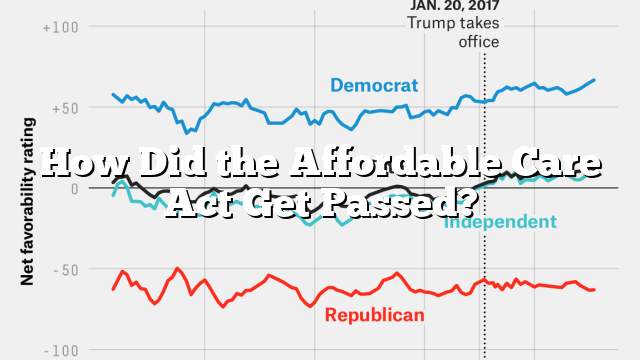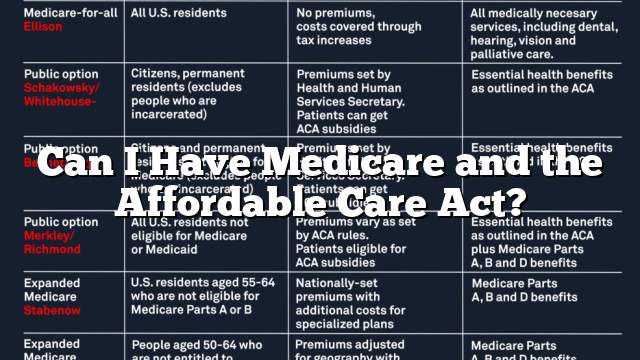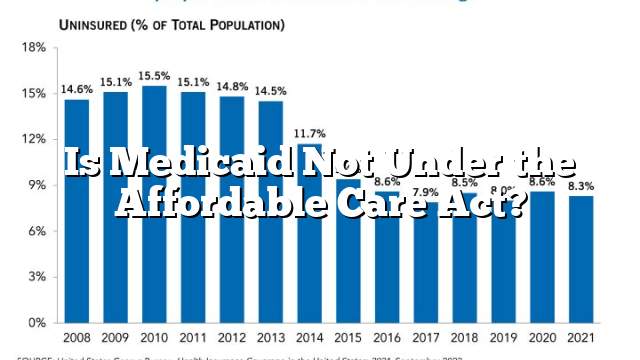

The Affordable Care Act also includes subsidies designed to assist lower-income individuals and families afford health insurance through federal marketplaces, but this has been challenged in court.
Since the Supreme Court’s landmark ruling in National Federation of Independent Businesses v. Sebelius upholding the Affordable Care Act’s individual mandate under Congress’s taxing power, there have been various lawsuits and legislative initiatives seeking to change or repeal it.
President Barack Obama signed the Affordable Care Act into law on March 23, 2010.
Seven previous presidents had attempted and failed to pass comprehensive health-care reform legislation, while President Obama was supported by an interdependent national movement of union members, local advocates, and members of Congress who united around him to get a bill passed in an East Room ceremony that featured fireworks and shouted celebration. President Obama then signed into law the Patient Protection and Affordable Care Act – something no other president had managed successfully before his arrival on the scene.
The Affordable Care Act (ACA) mandates health coverage for most Americans and creates state-based American Health Benefit Exchanges where individuals can purchase coverage. Furthermore, premium and cost-sharing subsidies help low and moderate-income individuals access individual marketplace coverage.
The Affordable Care Act has been challenged in court. Most recently, in late 2014, the Supreme Court agreed to hear King v Burwell, which challenges the legality of subsidies offered under the ACA to individuals purchasing insurance on the individual market. If these subsidies are struck down as intended by King v Burwell, millions of Americans could lose coverage while its three main goals won’t be realized.
The ACA has been challenged in the courts
The Affordable Care Act has been the subject of multiple legal proceedings by opponents seeking to invalidate it, yet despite these challenges it remains law.
In 2021, the Supreme Court issued a historic decision upholding the Affordable Care Act (ACA). At issue was its individual mandate which requires individuals to purchase health insurance or pay a fee; advocates maintained that this mandate was essential in supporting another part of ACA that required insurers to offer coverage regardless of health status – without it, insurers may only offer coverage to healthy applicants, driving up costs while leaving sicker Americans unprotected by affordable coverage options.
Justices ruled in a 7-2 ruling that red states and individual plaintiffs lacked standing to challenge the Affordable Care Act’s mandate, effectively rendering this victory for its constitutionality.
The ACA has been implemented
Even with some initial challenges with online Marketplaces, substantial numbers of Americans have gained coverage under the ACA. RAND’s COMPARE microsimulation modeling tool has been utilized to analyze its effects on health insurance enrollment, employer-sponsored coverage, consumer costs and government expenditure.
The Affordable Care Act (ACA) includes provisions that mandate most individuals have health insurance or face fines, establish Exchanges where people can buy coverage and provide premium subsidies to those earning under 400% of poverty income levels. Furthermore, insurers cannot deny coverage to people with preexisting conditions, annual and lifetime caps are limited on benefits, and Medicaid is expanded across many states as a result of this Act.
Obama made the Affordable Care Act (ACA) one of his signature accomplishments as president. To make his case, he highlighted stories like Natoma Canfield’s, who wrote to him about her struggle to afford health care due to preexisting conditions and had trouble affording health coverage. Obama placed her letter prominently displayed in the Oval Office to remind himself why this law was necessary.
The ACA has been repealed
Since Obamacare was passed into law, uninsurance among Americans has dropped dramatically while enrollment in marketplace plans has reached record heights. The Affordable Care Act made health insurance affordable for millions by expanding access to private coverage and Medicaid; additionally it enhanced quality by lowering deductibles and eliminating lifetime limits on coverage.
Since then, several states have passed their own versions of the Affordable Care Act and some have rejected President Donald Trump’s efforts to dismantle it. Key provisions have been upheld by the Supreme Court while most voters oppose repealing it.
The Affordable Care Act has proven its resilience over time, thanks to state attorneys general and other state policymakers standing strong against any efforts at sabotage by President Donald Trump or private advocacy groups to eliminate subsidies. Furthermore, private advocacy groups have successfully sued to block any efforts from Trump to do away with subsidies in court; as a result many advocates of the ACA believe it will remain law.






